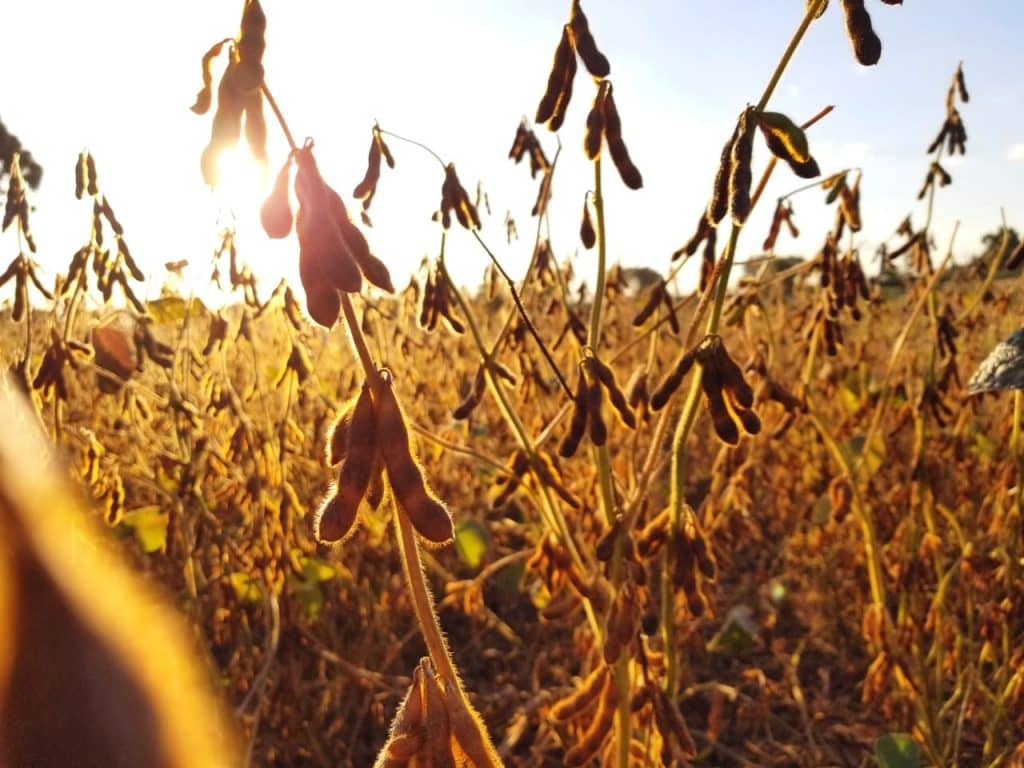The planting of the new Brazilian soybean crop had a reasonable advance in the week between November 26 and December 2, but at a slower pace than in the week earlier. With work already completed in the states of Mato Grosso do Sul and Mato Grosso, the other states in the Midwest and Southeast regions, as well as the state of Paraná, are approaching the last areas to be sown this season. In Rio Grande do Sul, work remains below the five-year average for the period, which prevents a more advanced index at national level.
According to research by SAFRAS & Mercado, until December 2, Brazilian growers sowed 91.9% of the total area expected for the country in the 2022/23 crop. The percentage is equivalent to approximately 40.195 mln hectares sown, out of a total of 43.739 mln hectares estimated for planting. In the previous week, the percentage was 87.3%. In the same period of the previous year, the percentage reached 94.5%, while the five-year average for the period is 91.9%.
In Rio Grande do Sul, out of a total area estimated at 6.55 mln hectares, 74% were sown, or approximately 4.847 mln hectares. In the previous week, the percentage was 61%. In the same period of the previous year, the percentage was 81%, while the five-year average for the period is 78%.
In Paraná, the planting is 99% complete. The percentage is equivalent to approximately 5.693 mln hectares planted, out of a total of 5.75 mln hectares estimated for the state. In the previous week, the percentage was 97%. In the same period last year, the percentage reached 100%, while the five-year average is 99.6% for the period.
In Mato Grosso, out of a total expected area of 11.8 mln hectares, 100% are already sown. In the previous week, the percentage was 100%. In the same period of the previous year, the percentage was 100%. The five-year average for the period is 99.6%.
In Mato Grosso do Sul, the planting reaches 100% of an estimated total area of 4.039 mln hectares. In the previous week, the percentage was 100%. In the same period last year, the percentage was 100%. The five-year average for the period is 99.8%.
In Goiás, out of a total expected area of 4.45 mln hectares, 97% were sown, equivalent to 4.317 mln hectares. In the previous week, the percentage was 91%. In the same period last year, the percentage was also 100%, while the five-year average for the period is 97.4%.
In São Paulo, out of a total area estimated at 1.35 mln hectares, 90% were sown, or approximately 1.215 mln hectares. In the week earlier, the percentage was 85%. In the same period of the previous year, the percentage was 99%, while the five-year average for the period is 97.4%.
In Minas Gerais, out of a total expected area of 2.1 mln hectares, 97% were sown, or approximately 2.037 mln hectares. In the previous week, the percentage was 92%. In the same period last year, the percentage was 99%, while the five-year average for the period is 98%.
In Bahia, out of an area estimated at 1.9 mln hectares, 90% were sown, or the equivalent of 1.710 mln hectares. In the previous week, the percentage was 75%. In the same period last year, the percentage was 92%, while the five-year average for the period is 89.2%.
In Santa Catarina, out of a total area estimated at 780 thousand hectares, 80% were sown, or the equivalent of approximately 624 thousand hectares. In the previous week, the percentage was 70%. At the same time last year, the percentage was 95%, while the five-year average for the period is 93.8%.
Weather maps now point to a period of relevant moisture in most of the producing states, with higher accumulations expected for the states of Mato Grosso do Sul, Mato Grosso, Goiás, São Paulo, Minas Gerais, Bahia, Tocantins, and Pará in the period between December 4 and 10. In the South, the state of Rio Grande do Sul must receive little or no moisture, which is a factor of attention.
Between December 11 and 17, moisture spreads across the country, with greater accumulations being expected for the states of Mato Grosso, Goiás, Minas Gerais, Bahia, Piauí, Tocantins, Maranhão, and Pará.
The maintenance of high moisture in most of the Midwest, Southeast, North, and Northeast regions is starting to draw attention, which will also become an important factor in the coming few weeks.

